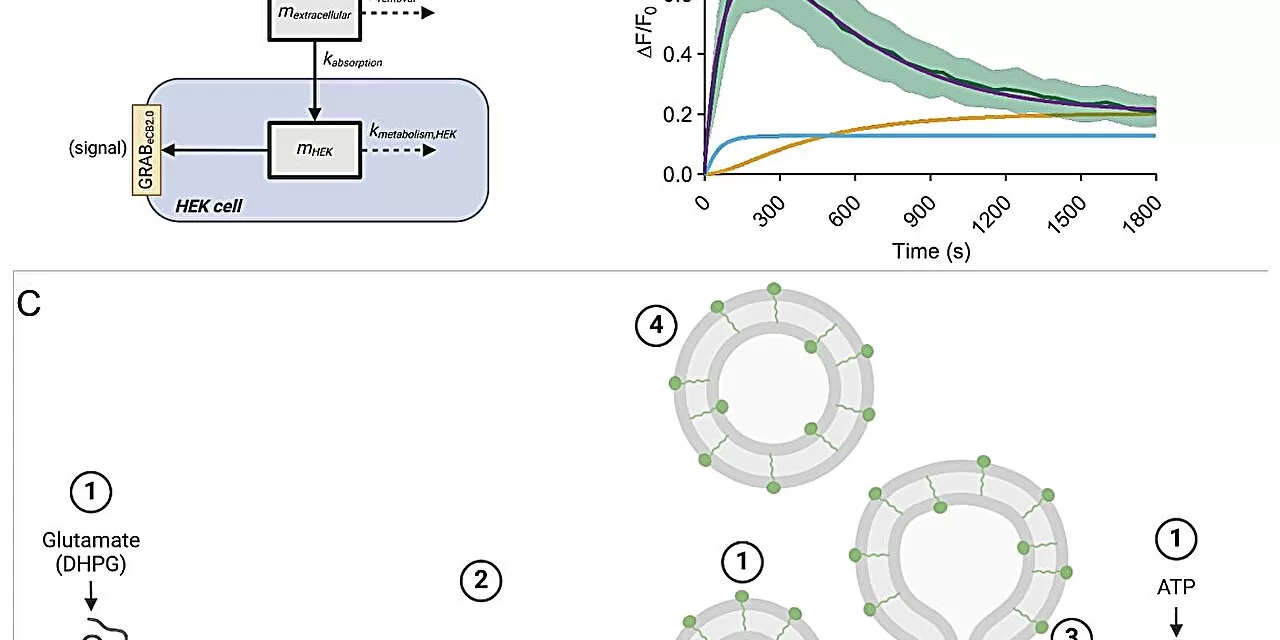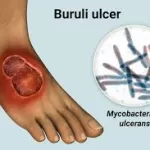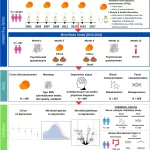Scientists uncover a surprising transport mechanism for the body’s natural marijuana-like compounds.
A groundbreaking study has finally revealed how the body’s endocannabinoids—molecules similar to those found in marijuana—spread through the brain. Unlike traditional neurotransmitters such as dopamine and serotonin, which travel freely between nerve cells, these fatty messenger molecules are transported in fatty vesicles. This unexpected discovery sheds new light on brain communication and could pave the way for novel treatments for neurological disorders.
A New Mode of Communication
“This is possibly a new form of communication between nerve cells in the brain,” says Mario van der Stelt, a leading chemist involved in the research. The findings suggest that other fatty messenger molecules might also use this vesicle-based transport system, indicating a broader significance for brain function.
The body’s natural endocannabinoids, including 2-arachidonoylglycerol (2-AG), play critical roles in pain regulation and various neurological conditions. Understanding how 2-AG moves through the brain opens up possibilities for targeted interventions.
The Challenge of Tracking 2-AG
For years, scientists struggled to study 2-AG because it is a fatty substance that cannot be directly observed under a microscope. Traditional measurement techniques failed because they destroyed cells, preventing real-time tracking of the molecule’s movement.
The breakthrough came when a team of Chinese researchers developed an innovative sensor that lights up when it detects 2-AG. This allowed scientists to observe its movement in real time for the first time, setting the stage for four years of intensive research.
Key Discoveries
Led by researcher Verena Straub, the study confirmed that 2-AG is transported in vesicles. When 2-AG production was blocked, vesicles still formed but no longer contained the molecule. Conversely, when vesicle formation was inhibited, the overall amount of 2-AG decreased. The researchers found that, on average, each vesicle contained approximately 2,000 2-AG molecules.
Further validation came from collaboration with a U.S.-based research team, which confirmed that the same process occurs in intact brain tissue. Additionally, mathematical modeling by Coen van Hasselt’s team supported the conclusion that 2-AG transport relies on vesicles.
Implications for Future Research
The study’s findings may revolutionize our understanding of endocannabinoid signaling and its role in brain function. By unraveling this transport mechanism, scientists could develop new therapies for conditions involving the endocannabinoid system, such as chronic pain, anxiety, and neurodegenerative diseases.
The research, which marks the final piece of Straub’s Ph.D. work, has been published in the Proceedings of the National Academy of Sciences.
For more information, refer to: Verena M. Straub et al, The endocannabinoid 2-arachidonoylglycerol is released and transported on demand via extracellular microvesicles, Proceedings of the National Academy of Sciences (2025). DOI: 10.1073/pnas.2421717122.
Disclaimer
This article is for informational purposes only and does not constitute medical advice. Readers should consult healthcare professionals for medical concerns related to endocannabinoid function or related treatments.










